#5th–6th century
Photo

Roman mosaic fragment of a stag (Syria, 5th–6th century).
Image and text information courtesy The Getty.
Creative Commons Attribution 4.0 International License
110 notes
·
View notes
Text
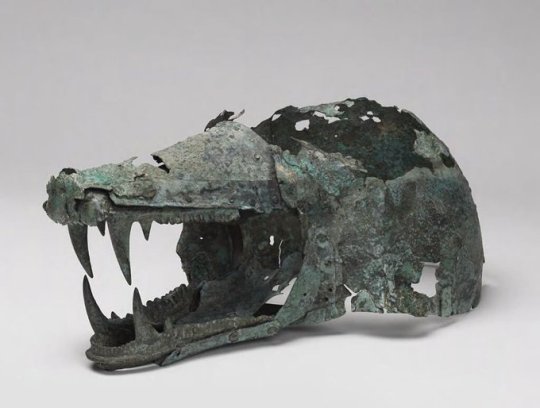
Etruscan Bronze Helmet in the Shape of a Wolf’s Head
6th-5th centuries BCE.
#Etruscan Bronze Helmet in the Shape of a Wolf’s Head#6th-5th centuries BCE#Wolf's Head Helmet#Head of a Boar#bronze#bronze helmet#bronze sculpture#ancient artifacts#archeology#archeolgst#history#history news#ancient history#ancient culture#ancient civilizations#etruscan history#etruscan art
4K notes
·
View notes
Text

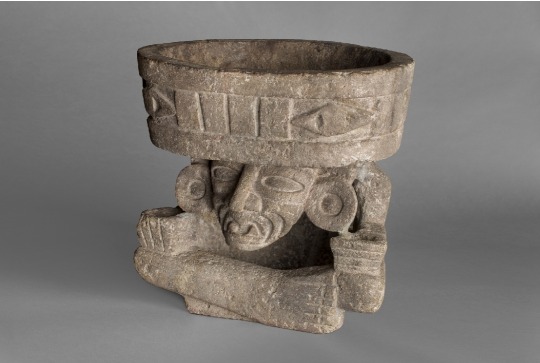




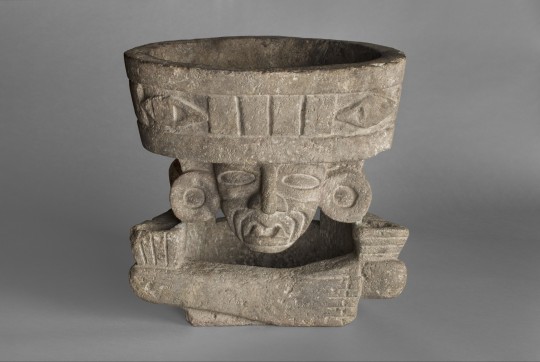
~ Brazier in the Form of the Old God.
Place of origin: Teotihuacan, Mexico
Period: Early Classic period (250 B.C.–A.D. 600)
Date: ca. A.D. 400–500
Medium: Basalt
#ancient#ancient art#history#museum#archeology#ancient sculpture#ancient history#5th century#6th century#Teotihuacan#mexico#mesoamerica#early classic period#basalt#a.d. 400#a.d. 500
609 notes
·
View notes
Text







Women in History Month (insp) | Week 4: Dynastic Daughters
#historyedit#perioddramaedit#women in history#women in history month challenge#my edits#mine#marie anne de bourbon-conti#princess hexiao#hanzade sultan#caroline bonaparte#marie-thérèse-charlotte de france#princess fukang#gorgô of sparta#french history#chinese history#ancient greece#17th century#18th century#19th century#11th century#6th century bc#5th century bc
155 notes
·
View notes
Text



Athena mounting a four-horse chariot
Mersenaki
Ca. 510-460 BCE
Medelhavsmuseet, Stockholm
Stockholm, November 2023
#Athena#Mersenaki#Cyprus#ancient#art#terracotta#statuette#goddess#chariot#animals#horse#clothing#helmet#6th century BCE#5th century BCE#Swedish museums#my photo#Medelhavsmuseet
82 notes
·
View notes
Text

Day 9: Celtic - Morgan le Fay; I realize that the runes are Germanic, but it’s a Green Knight reference 👀👀
#jenstober23#morgan le fay#the green knight#arthuriana#arthurian legend#celtic mythology#roman britain#celtic#5th century#6th century#briton tag#traditional art#history art#inktober#inktober 2023#drawtober#drawtober 2023#artober#artober 2023#witchtober#witchtober 2023#day 9
120 notes
·
View notes
Photo

Migration of the Lombards towards Northern Italy.
115 notes
·
View notes
Text
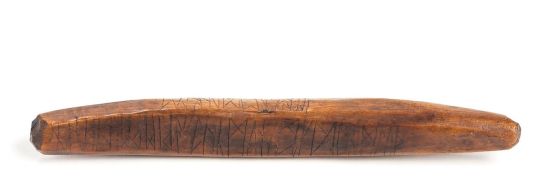
It's great to be able to show that runes were being carved in the Netherlands. This is one of the 23 currently known Frisian rune findings: the Westeremden (a location in the North-East of the Netherlands) yew stick, found in 1918 and dated 5th-8th century.
It can be seen in the Groninger Museum.
Made of Yew (Dutch: Taxus, or IJf) which is not a tree that generally could be found in this area. The inscription reads like a blessing or spell for luck/happiness. To me, this is Frisian galðr:
ophæmujiBAdaæmluþ
wimœBæhþuSA
iwioKuPdunale:
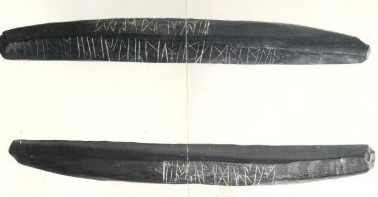

(Source: de Gruyter.)
Elmar Seebold (in 1990) reads:
ophæmu givëda æmluþ:
iwi ok upduna (a)le
wimôv æh þusë
Tineke Looijenga (in 1997) reads:
op hæmu jibada æmluþ :
iwi ok up duna (a)le
wimœd æh þusa
(Source)
Interpreted as something like:
luck (amluþ) stays (gibada) at home (op hæmu);
and (ok) at the yew (iwi) may it grow (ale) on the hill (up duna);
Wimœd has (æh) this (þusa)
Modern Frisians translate it into:
op de boerderij (heem) blijft voorspoed;
laat het groeien bij de ijf (taxus) op de terp;
dit is (eigendom) van Wimoed
(Source.)
Interestingly, this 5th-8th century Frisian Futhorc differs slightly from the more commonly known elder Futhark. (Context: the Elder Futhark in the Scandinavian areas transitioned towards the Younger Futhark in the 7th-8th century).
Here are a few interpretations by different writers:

By Parsons.

By Grimmsma.

By Terpen en Wierdenland.
#frisian futhorc#rune#yew#Amulet#galðr#groningen#netherlands#futhorc#5th century#6th century#7th century#8th century#northern iron age#Frisia#dutch
34 notes
·
View notes
Text
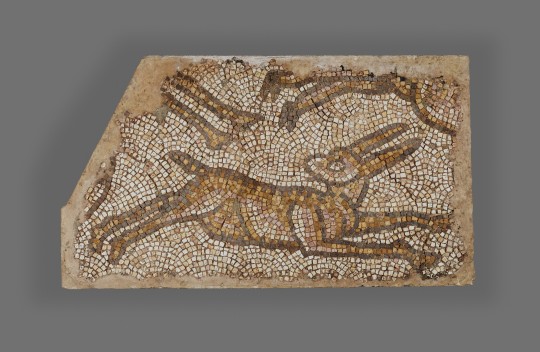
#MosaicMonday for #LunarNewYear #YearOfTheRabbit:
Mosaic Panel with Rabbit
Roman, from Syria, possibly Emesa (present-day Homs)
5th-6th century
Stone tesserae
68.6 cm × 114.3 cm
[Getty Museum 75.AH.118]
#rabbit#rabbits#mammals#mosaic#ancient Rome#Roman art#ancient art#Syria#5th century#6th century#Getty Museum#Mosaic Monday#Lunar New Year#Year of the Rabbit#animals in art
20 notes
·
View notes
Text

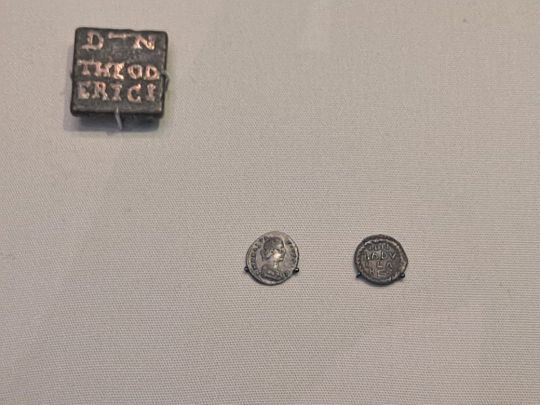

Ostrogothic Italy
490s-550s
Possibly made in Rome
British Museum
London, July 2022
#Ostrogothic kingdom#5th century#6th century#medieval#coin#brooch#Theodoric the great#Baduila#king#British Museum#my photo
53 notes
·
View notes
Text
i love the king arthur myths i wish there were good movies about them
#the green knight and monty python and the holy grail i am not talking about you my beloveds <3#but like. the 5th and 6th centuries in england were like post-apocalyptic that shit was crazy#a (relatively) historically accurate king arthur movie would eat why lie
6 notes
·
View notes
Text
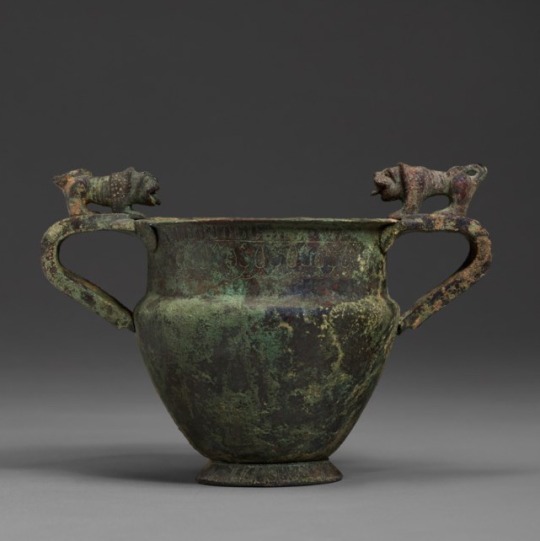
A GREEK BRONZE KANTHAROS
ARCHAIC PERIOD, CIRCA LATE 6TH-EARLY 5TH CENTURY B.C.
#A GREEK BRONZE KANTHAROS#ARCHAIC PERIOD#CIRCA LATE 6TH-EARLY 5TH CENTURY B.C.#ancient bronze#ancient artifacts#archeology#archeolgst#history#history news#ancient history#ancient culture#ancient civilizations#ancient greece#greek history#greek mythology#greek art
67 notes
·
View notes
Text

~ Goblet.
Place of origin: Roman Empire, Eastern Mediterranean
Date: A.D. 5th-6th century
#5th century#6th century#glass#glassware#goblet#eastern Mediterranean#roman#roman empire#history#archeology#museum
319 notes
·
View notes
Text
honestly, the more i learn about ancient history and the origins of things that we take for granted, the more i realize that we actually know nothing about why the world is the way it is bc like 90% of the evidence has been ~lost to history~
#this comes from me reading mary beard's spqr and she's talking about the origin of the 12 month calendar#it's attributed to some legendary roman king from from like the 5th or 6th century bce#except there's questionable evidence that he actually existed#same thing with the whole concept of a ''census''#oh and like wide swaths of the structure of the catholic church bc a lot of it is based on the og roman state religion#fucking crazy man#history#text
7 notes
·
View notes
Text

Ionian Sarcophagus
* Clazomenae
* 500 BCE
* terracotta
* British Museum
London, July 2022
#Ionia#sarcophagus#6th century BCE#5th century BCE#ancient#art#Greek warrior#battle#British Museum#my photo
46 notes
·
View notes
Text
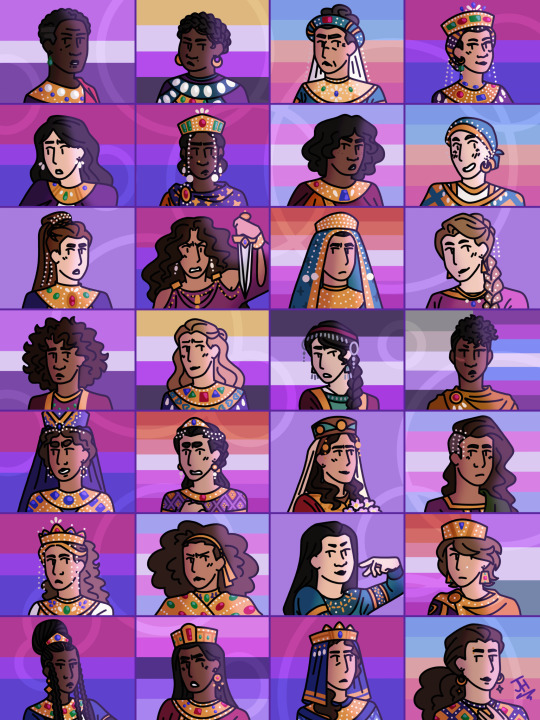
Byzantine consorts/Augustae: Aelia Verina - Euphrosyne Porphyrogenita
457 AD - 829 AD
I am all caught up for now! Time to get back to actually listening to the podcast…
#digital art#history art#byzantine empire#byzantine empress#byzantium#empress theodora#pride#gay#5th century#6th century#7th century#8th century#9th century#roman tag#greek tag
21 notes
·
View notes